I am very embarrassed as I am writing this.
A few months ago, while chatting with Gianna and Chuck on Slack, I realized something. I have never tasted Alfredo sauce. Not even once.
I didn’t think it was a big deal. I knew what it was and I read about it, but I just never had the curiosity to try it. After all, neither my relatives nor close friends ever did, and I never saw anyone from my town use it or talk about it.
And then it occurred to me: how weird is that!
I mean, Rome is a three-hour drive from here, and yet it’s like this sauce doesn’t exist for us. And I don’t think it’s a regional thing.
Sure, Italy’s main food blogs talk about it, but my impression is that, except for cuisine enthusiasts, most ordinary people barely know about it. I’m willing to bet that some don’t even consider it a native Italian recipe.
And to think that it was created in our capital city three decades before Carbonara—a dish we fight over both online and in real life every day!
We are erasing a world-famous Roman recipe from our culture out of sheer disinterest.
With this new perspective, I could not continue to live in ignorance. So I asked Chuck what recipe he is using at Mortadella Head, and I did some research to further my knowledge.
This article is both for you and me. We’ll see two different ways of making Alfredo sauce from scratch, how to thicken Alfredo sauce when needed, how to improve it when it’s store-bought, and how to store it properly.
Here is everything we should know about this creamy white sauce.
A Bit of History
Alfredo sauce is a pasta dressing derived from fettuccine Alfredo, a dish created in Rome by chef Alfredo di Lelio.
If we want to be picky, it seems that the use of dressing fettuccine with an emulsion of butter and parmesan cheese (oops, spoiler) was a centuries-old Roman tradition that had been lost during history. However, Alfredo deserves credit for bringing it back to life and making it famous.
Legend has it that he created the first fettuccine Alfredo to provide nourishment for his wife, who was expecting a baby and had lost her appetite.
This was confirmed by Ines di Lelio, Alfredo’s granddaughter, who told Mortadella Head the full story some time ago. We transcribed it in our post “Easy Meatballs & Alfredo Sauce.“
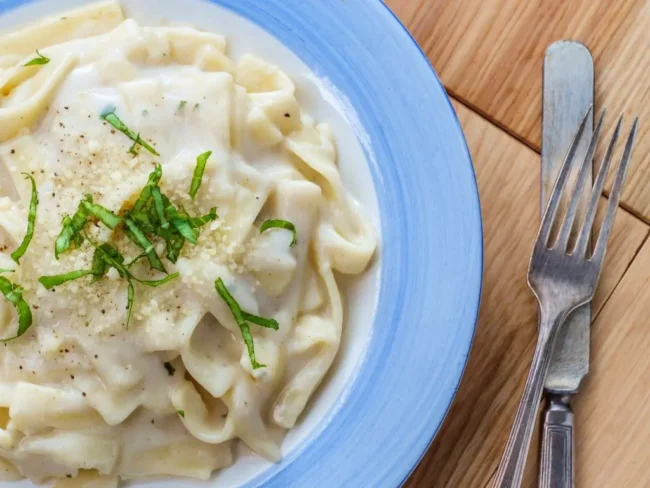
Later on, an American customer liked Alfredo’s fettuccine so much that he begged him to include it as a regular course on his menu.
With time and word of mouth, Alfredo’s restaurant became famous among American tourists passing through Rome. This culminated in 1927 with the visit of famous actors Mary Pickford and Douglas Fairbanks, who gave Alfredo a golden fork and spoon in gratitude for his hospitality.
Now, the sauce used to season fettuccine Alfredo has become a recipe in its own right. It often involves some extra ingredients and can be used to make so many dishes! Not only pasta but also appetizers, white pizza, sandwiches, and some meat dishes.
If you’re curious about how to thicken Alfredo sauce for these versatile dishes, let’s dive deeper into the process and techniques.

How the Original Alfredo Sauce Was Made
The traditional Alfredo sauce, created by Mr. di Lelio, was incredibly simple: ½ lb of butter and ½ lb of grated Parmesan cheese. Here’s the full recipe:
- Boil 1 lb of fettuccine pasta in salted water until al dente.
- Melt butter in a non-stick skillet or saucepan.
- Add Parmesan cheese and stir gently to create a creamy consistency.
While the original recipe has evolved over time, it remains a timeless classic.

How to Thicken Alfredo Sauce
Thickening Alfredo sauce can take it from ordinary to extraordinary. Here are tried-and-true methods to achieve the perfect texture:
1. Add More Cheese
Parmesan or cream cheese works wonders for thickening. Stir grated cheese into the sauce over medium heat until fully incorporated.
2. Use Cornstarch or Arrowroot
Mix cornstarch with cold water to create a slurry. Add this to your simmering sauce while stirring constantly for a smooth, thick consistency.
3. Incorporate Egg Yolks
Whisking in tempered egg yolks adds a rich, custard-like thickness. Be sure to temper the yolks by adding a bit of warm sauce first to avoid curdling.
4. Use Pasta Water
Cook the pasta in the sauce with 2–3 ladles of pasta water. The starch in the water binds with the dairy to naturally thicken the sauce while enhancing its flavor.
How to Make Jarred Alfredo Sauce Better
If you’re using a store-bought jar of Alfredo sauce, here are ways to improve its flavor and texture:
- Add Dairy: Incorporate heavy cream, sour cream, or even milk for extra creaminess.
- Enhance with Broth: Add chicken broth for a richer flavor and let it reduce slightly.
- Include Vegetables or Proteins: Try steamed broccoli, grilled chicken, or sautéed shrimp for a heartier meal.
- Experiment with Seasonings: Use garlic, black pepper, or fresh herbs like parsley to elevate the flavor.
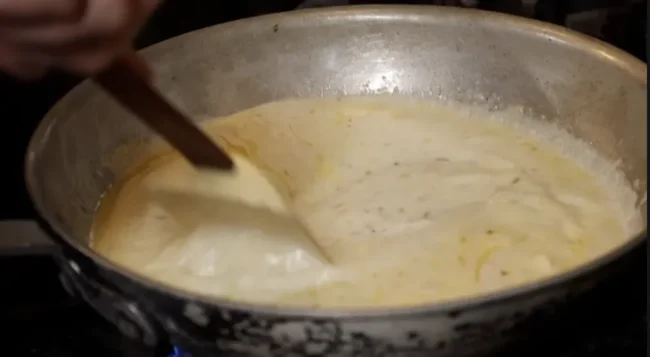
Alfredo Sauce Expert Tips
- Use High-Quality Parmesan: Parmigiano-Reggiano provides a richer flavor.
- Cook Low and Slow: Prevent curdling by cooking over low heat and stirring constantly.
- Save Pasta Water: Reserve starchy water to thin or adjust the sauce’s consistency.
- Season Last: Parmesan adds saltiness, so taste before adding extra salt.
Troubleshooting Common Alfredo Sauce Mistakes
Why Is My Alfredo Sauce Grainy?
This happens when cheese is added at high heat. Always stir cheese into the sauce over low heat to prevent curdling.
Why Did My Sauce Separate?
Overheating or adding cream too quickly can cause separation. Stir constantly and keep the heat low.
How to Fix Thick Sauce
If the sauce is too thick, add reserved pasta water, milk, or cream in small amounts to loosen it up.
How to Store and Reheat Alfredo Sauce
Storage Tips
- Refrigeration: Store Alfredo sauce in an airtight container for up to 3–4 days.
- Freezing: Freeze in a resealable bag for up to 3 months. Thaw slowly in the fridge before reheating.
Reheating Alfredo Sauce
Warm the sauce over low heat, stirring constantly. Add a splash of milk or cream to restore its creamy consistency.
Pair Alfredo sauce with:
- Proteins: Grilled chicken, sautéed shrimp, or baked salmon.
- Veggies: Steamed asparagus, roasted red peppers, or broccoli.
- Breads: Garlic bread, focaccia, or a fresh baguette.
- Salads: Caesar salad or bruschetta to balance the richness.
For a sweet finish, try desserts like tiramisu or fruit sorbet.

FAQ: How to Thicken and Perfect Alfredo Sauce
Q: Can I Use Milk Instead of Cream?
A: Yes, but you may need to add a thickening agent like flour or cornstarch.
Q: Can Alfredo Sauce Be Made Dairy-Free?
A: Yes, alternatives like almond milk, cashew cream, or nutritional yeast can mimic traditional flavors.
Q: Why Is My Alfredo Sauce Too Runny?
A: Cook it longer to let excess liquid evaporate, or add cheese, cornstarch, or flour to thicken.
Q: Can I Freeze Alfredo Sauce?
A: Yes, but expect some separation. Reheat slowly and whisk thoroughly to restore its texture.
Q: What Cheese Works Best in Alfredo Sauce?
A: High-quality Parmesan or Pecorino Romano provides the best flavor and texture.
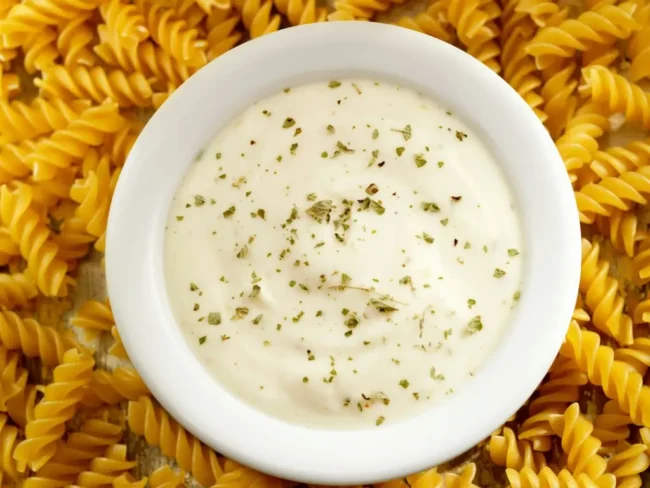
Make Every Bite of Alfredo Sauce Count
By now, you’ve got all the tricks on how to thicken Alfredo sauce and take it from watery to wonderfully rich. Whether you’re using cream cheese, flour, or simply reducing it down, the key is finding what works best for your taste and timing.
Got your own secret for perfect Alfredo? Share it in the comments! And hey—if you’d rather skip the stirring and just dive into deliciousness, check out our Mortadella Head store here: https://mortadellaheadstore.com 🍝
Print
Alfredo Sauce: Everything I Should Have Known
5 Stars 4 Stars 3 Stars 2 Stars 1 Star
No reviews
- Author: Mortadella Head
Ingredients
- 4 – 6 chopped garlic cloves – you know the rules, no garlic powder! Get some fresh garlic cloves and chop or grate them;
- 1 + ½ cup heavy whipping cream for extra flavor;
- salt and black pepper to taste.
Instructions
The method is quite straightforward. All you have to do is melt the butter in a saucepan, then add the garlic and the heavy cream, and cook at a low temperature. When it starts to bubble, toss in the parmesan and the spices, and mix until you get a nice cream.

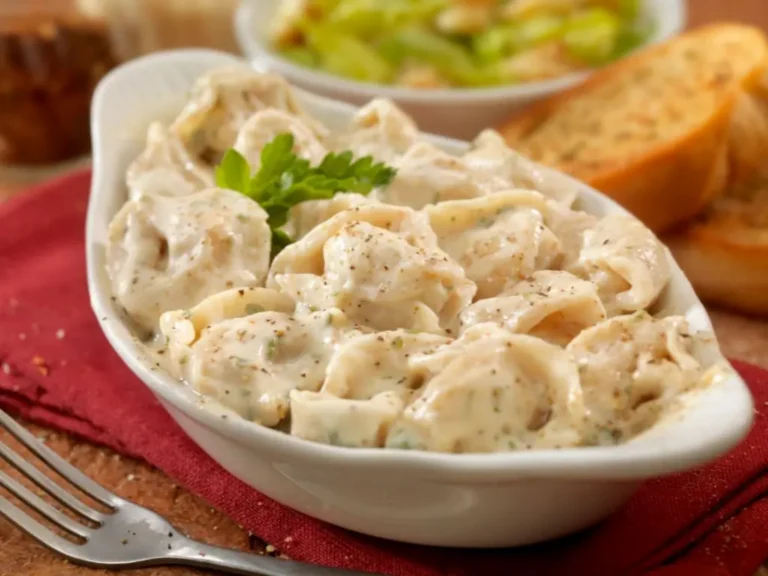



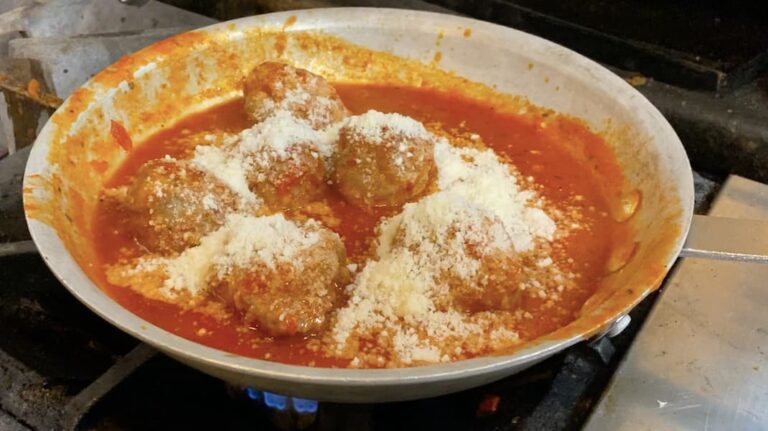

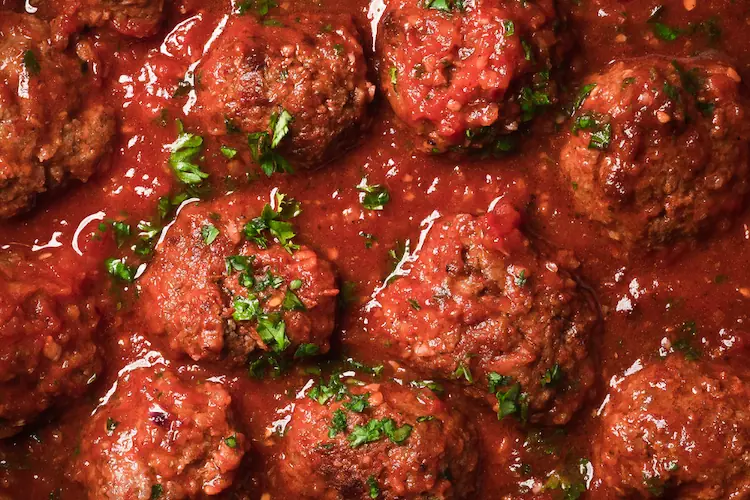



3 Responses
Fettuccine Alfredo sauce recipe
Hi Melvin. Our recipe is shown in the paragraph “Mortadella Head’s recipe”.
There is no PARM or SPICES in the ingredients of the recipe at the bottom of the post but the instructions say, “When it starts to bubble, toss in the parmesan and the spices, and mix until you get a nice cream.”
How much Parm & what spices, please? TIA